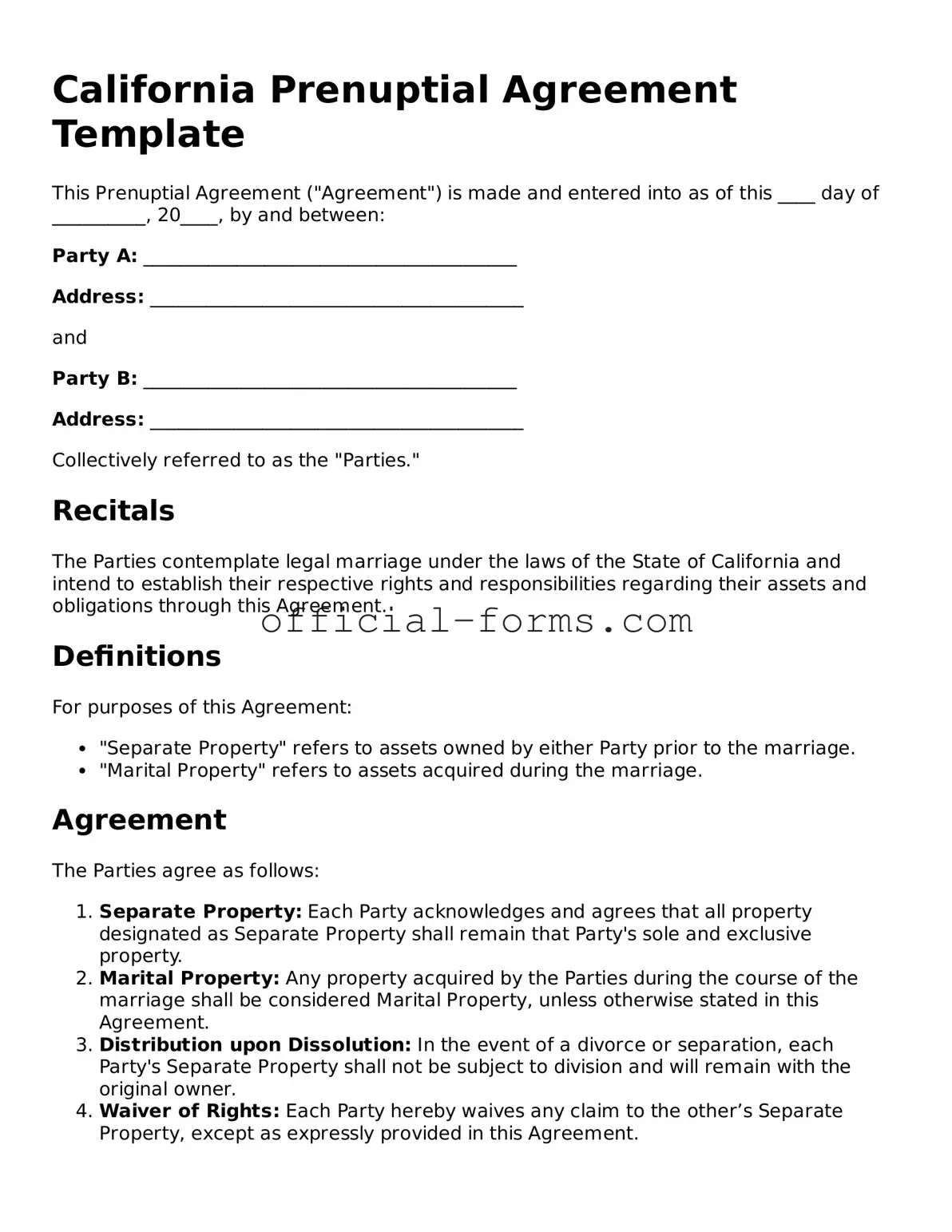When two individuals decide to marry, they often embark on a journey filled with love, commitment, and shared dreams. However, it is also a time to consider the practical aspects of their future together, particularly concerning their financial and legal rights. In California, a prenuptial agreement serves as a valuable tool for couples who wish to outline their financial arrangements before tying the knot. This legal document can address a variety of important issues, such as the division of property acquired during the marriage, the treatment of debts, and the management of assets in the event of divorce or separation. Additionally, a prenuptial agreement can protect individual assets brought into the marriage, ensuring that each party’s financial interests are safeguarded. By clearly defining expectations and responsibilities, couples can foster open communication and reduce potential conflicts. While discussing a prenuptial agreement may feel uncomfortable for some, it ultimately serves to strengthen the foundation of a marriage by encouraging transparency and mutual understanding. Understanding the California Prenuptial Agreement form is essential for any couple considering this proactive approach to their future.
